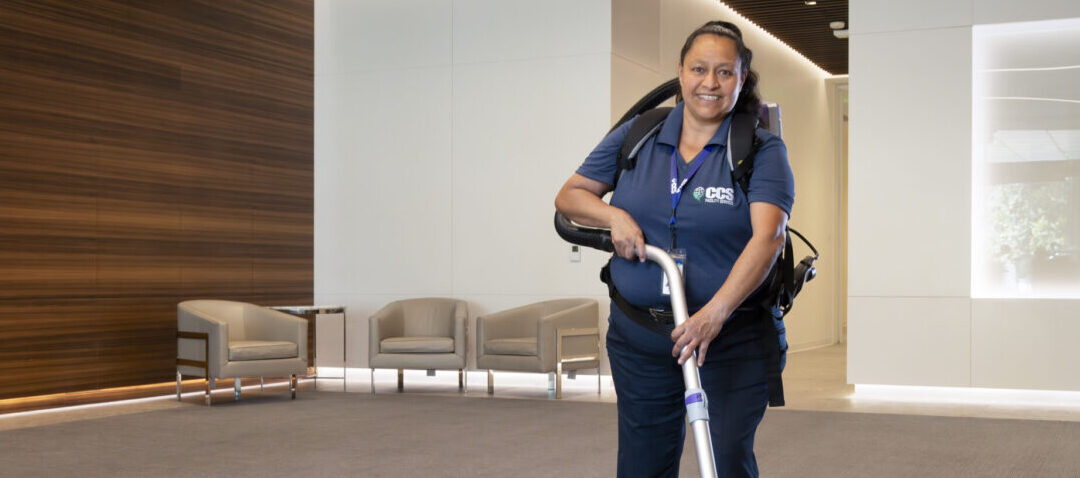Sick Building Syndrome (simply known as SBS) is a condition in which building occupants become afflicted with adverse health conditions due to poor ventilation in a facility, generally the building in which a person works. The potential for the occurrence of SBS is inherent in any type of facility, from commercial office buildings to hospitals to manufacturing plants. Learn about the cause, effect, solutions, and preventative methods to avoid and mitigate Sick Building Syndrome.
History of SBS
While the term “Sick Building Syndrome” was not coined until 1986 by the World Health Organization, the phenomenon became a recognized concern in the United States after the 1973 oil embargo. At the time, businesses were looking to use building space more efficiently to use less energy. According to knowledge gathered by the EPA (Environmental Protection Agency), ventilation standards prior to the oil embargo were approximately 15 cfm (cubic feet per minute) per building occupant. It was then reduced to 5cfm per building occupant in the 70s, resulting in spikes of SBS in high occupancy facilities. Research since then provides a better picture of how indoor air quality (also known as IAQ) impacts individual health. The Consumer Product Safety Commission’s guide to indoor air quality notes that up to 30% of remodeled or new commercial buildings may have poor indoor air quality. Understanding the cause and effect of SBS can help facility managers maintain ventilation quality and therefore occupant safety. (Learn more about how great facility engineering impacts air quality on our blog.)
Cause and Effect
Air pollutants can come from both inside and outside a facility. According to Healthline, potential contamination causes can include mold, tobacco smoke, ozone from printers, and many other harmful substances found in everyday items. While these pollutants are not harmful in small doses, a concentrated, regular amount of exposure without proper ventilation can cause symptoms of SBS. This can include headaches, dizziness, difficulty breathing, nausea, fever, chills, and other allergy-like symptoms. Although SBS is characterized as a short-term condition, individuals who experience prolonged exposure can develop permanent asthma, per the National Library of Medicine.
Solutions
If building occupants begin exhibiting symptoms of SBS, we recommend that facility managers investigate the potential cause or causes of the symptoms. If a pollutant is coming from inside the building, options to alleviate the issue can include replacing soiled ceiling/floor tiles, instituting indoor smoking regulations (if your state/local government does not already have restrictions in place), and checking the quality of air filters on a regular basis. For outdoor pollutants, regulation can be trickier. Anything from car exhaust to animal droppings can negatively impact IAQ if concentrated and in close enough proximity to doors and windows. Some actionable solutions to fight outdoor air pollution from impacting a facility include regular HVAC equipment maintenance as well as safely storing tools and chemical products used by janitorial and maintenance workers. Cleaning solvents, paint, and other open containers can cause symptoms of SBS if not stored properly.
The good news about SBS is that it is preventable and rectifiable for any kind of building with planning and action. ASHRAE’s Standards for Ventilation and Indoor Air Quality are a great reference for facility owners and managers seeking to address air quality issues. Daily efforts to prevent SBS can include proper lawn care to remove animal waste or switching to cleaning products that contain less harmful chemicals and are odor-free. The most consistent way to mitigate SBS is by servicing a facility with HVAC professionals as well as janitorial staff trained to clean for health. At CCS Facility Services, our engineering and janitorial teams provide an expansive array of services that can help prevent SBS and improve indoor air quality. To learn more about what solutions we offer our customers, visit ccsbts.com.



